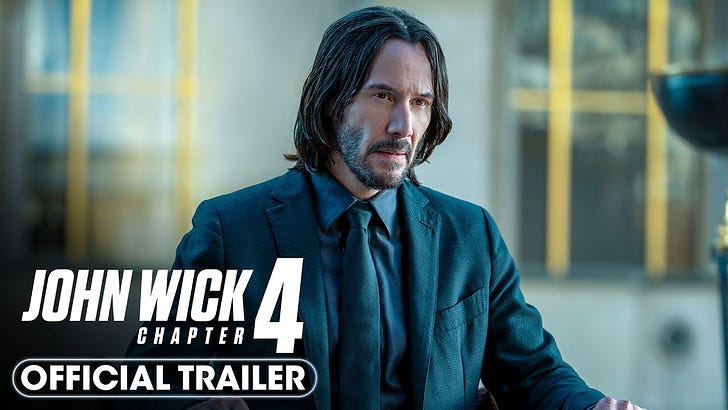The truth that we live in a post-modern world, moving via progressivism toward something even more chaotic & mad, was brought uncomfortably to the awareness of Americans in the last three years. As things crumble around us, people scatter to see how they might survive amidst post-modernism’s ruins of meaning, which seem to grow worse every year. How sho…
Keep reading with a 7-day free trial
Subscribe to PostModernConservative to keep reading this post and get 7 days of free access to the full post archives.



